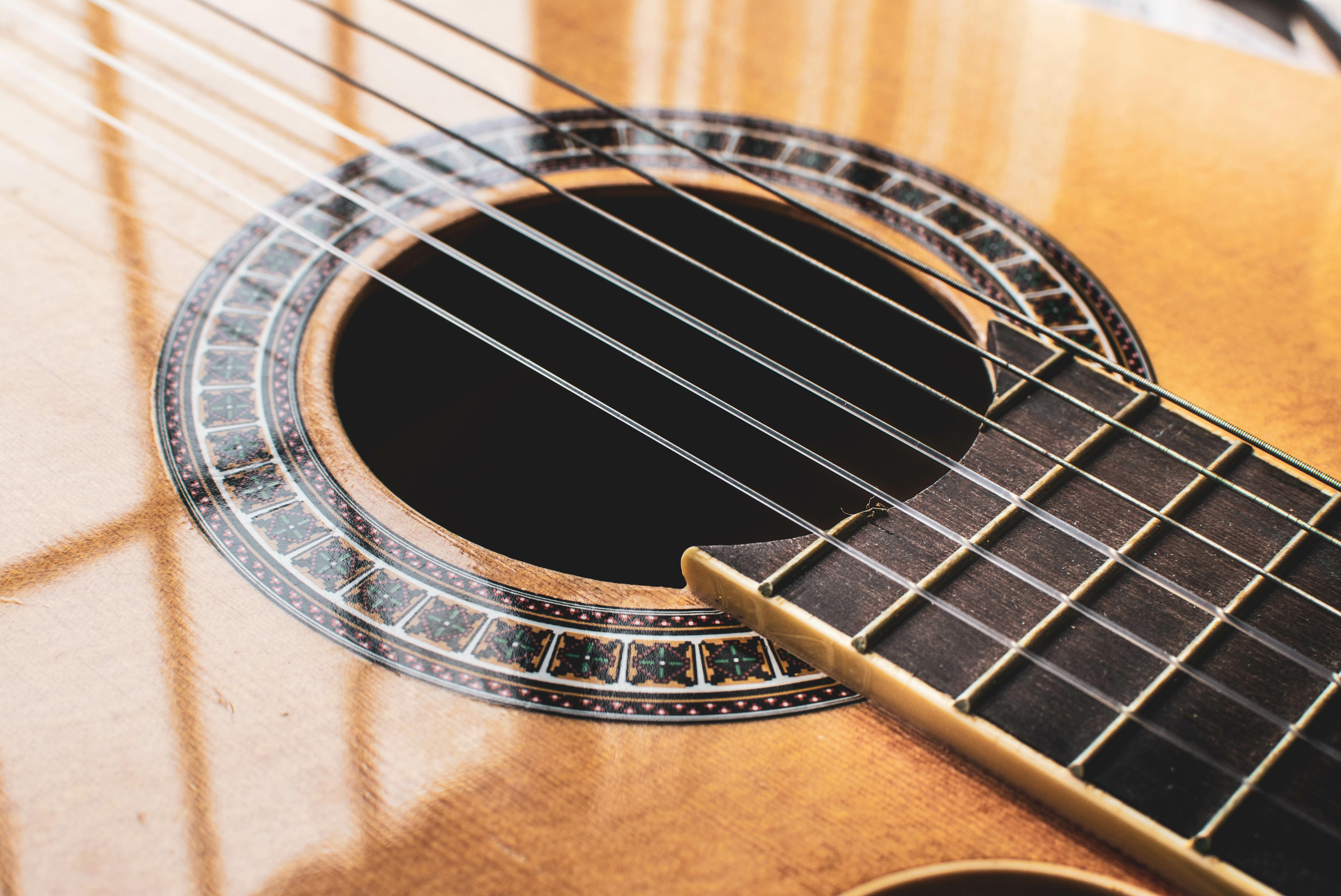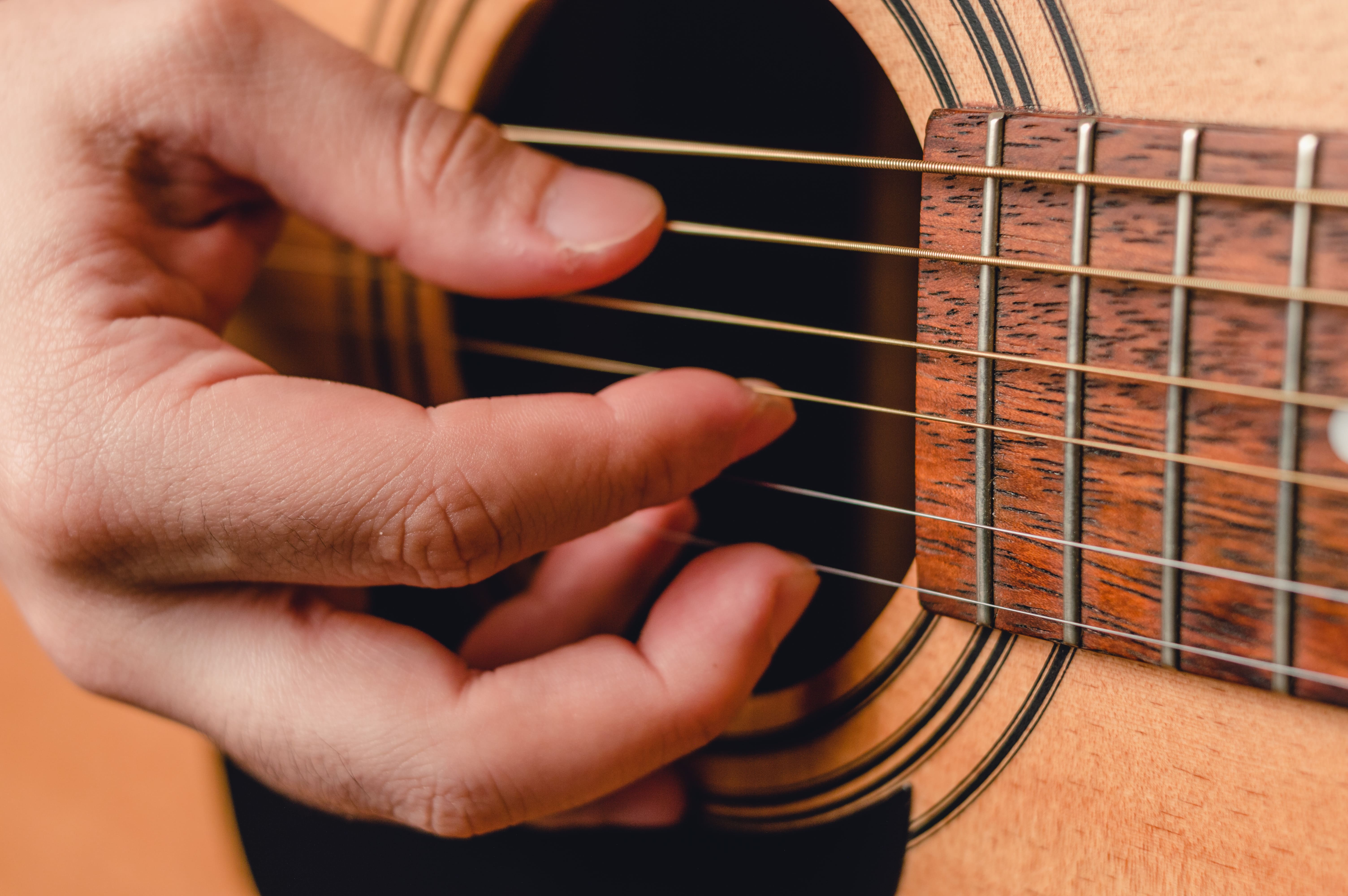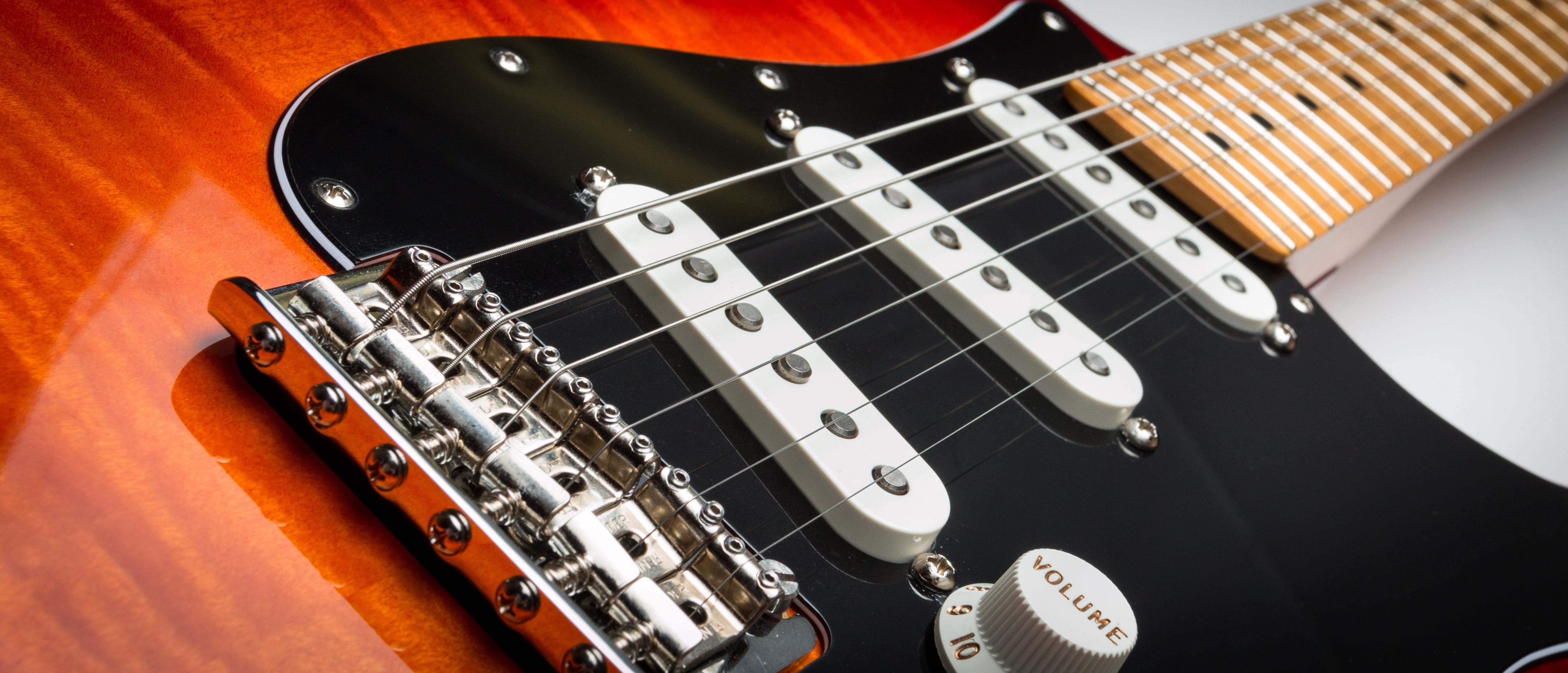How are guitar strings made?
You’re strumming away on your guitar, playing along to one of your favourite songs or perhaps fine tuning that idea you’ve had rolling around for a while. As you’re concentrating on the next chord, riff and melody, a thought hits you completely out of left field. How did these strings get here? How did we land on the design of guitar strings? And what are they even made of?
While the origins of the modern guitar as we know it today are hard to place, the history of stringed instruments goes back thousands of years. Historically, guitar strings were made of catgut until the introduction of steel strings towards the end of the nineteenth century. Despite the name, catgut was made typically from the inner linings of sheep or goat intestines, not in fact from a cat.
Guitar strings have come a long way since those days and are now available in numerous different materials, gauges (the width of a string) and even colours. Depending on the type of guitar you’re playing, you’ll find some key differences.

Spanish guitars typically have nylon strings.
The precursor to the modern acoustic and electric guitar, classical guitars (also known as Spanish guitars) typically have strings made from nylon. These 6 strings will be split in half into groups known as basses and trebles. While the trebles are plain nylon which are ground down into the tight tolerances required for correct resonance, the basses are made with a different technique. A metal wrap is used to wind around a nylon core to create the bass strings, and even the metals used here can be unique. Most classical strings feature bass strings wrapped with an 80/20 bronze, however for those with a more expensive taste some manufacturers produce strings wrapped in pure silver.

Acoustic guitars typically have steel strings.
Acoustic guitar strings bear a resemblance to classical guitar strings, but with some key differences. The biggest being that rather than using nylon for its plain stings and as the core of its wound strings, acoustic guitars use steel. Acoustic and electric guitars have the piano to thank for this innovation, as it was in this instrument that metal wound strings were first used. Acoustic guitars typically have 4 wound strings as opposed to 3 in classical guitars, however they share a similarity in what metal is typically used for the lower strings. Like classical guitars, acoustic guitars are normally wrapped with either an 80/20 bronze or with a more recent evolution, phosphor bronze. Phosphor bronze is known to give a longer life to its strings as opposed to its 80/20 equivalent, meaning that it has become popular among players.

Similar to acoustic guitars, electric guitars are typically made with steel but are wrapped with a magnetically active material.
The electric guitar evolved from its acoustic parent in the way sound is produced, requiring a difference in its string’s construction. Acoustic guitars produce sound through vibrations transferred through their bridge, which resonate throughout the body. Electric guitars vary from this as sound is produced when the magnetic field of a guitar’s pickups are disturbed. For this to happen the strings need to be magnetically active, a characteristic that bronze does not have. Steel however is a magnetic material and is commonly used to wrap electric guitar strings for this reason. A long-standing debate has revolved around whether an electric guitar should have a plain or wound third string, but fortunately most manufacturers offer both so you can try for yourself.
While manufacturers have unique ways of producing their strings along with innumerable variances in their materials, sound qualities and feel, the foundations often remain the same. Whether you’re using strings from Ernie Ball, D’Addario, Rotosound or any of the other many guitar string brands from around the world, they are all linked with the same history.



